Growing Mold Science Experiment for Kids
This post may contain affiliate links.
Have you ever wondered how dirty your house really is? I decided to try a little mold science experiment with my kids and see what things we need to do better at cleaning. But also, it was cool just to see how and where mold grows.
I was quite surprised by the results of our experiment. The kids and I had fun with this one, but is honestly gross to think about the amount of germs on the things we touch all of the time. Wash your hands!
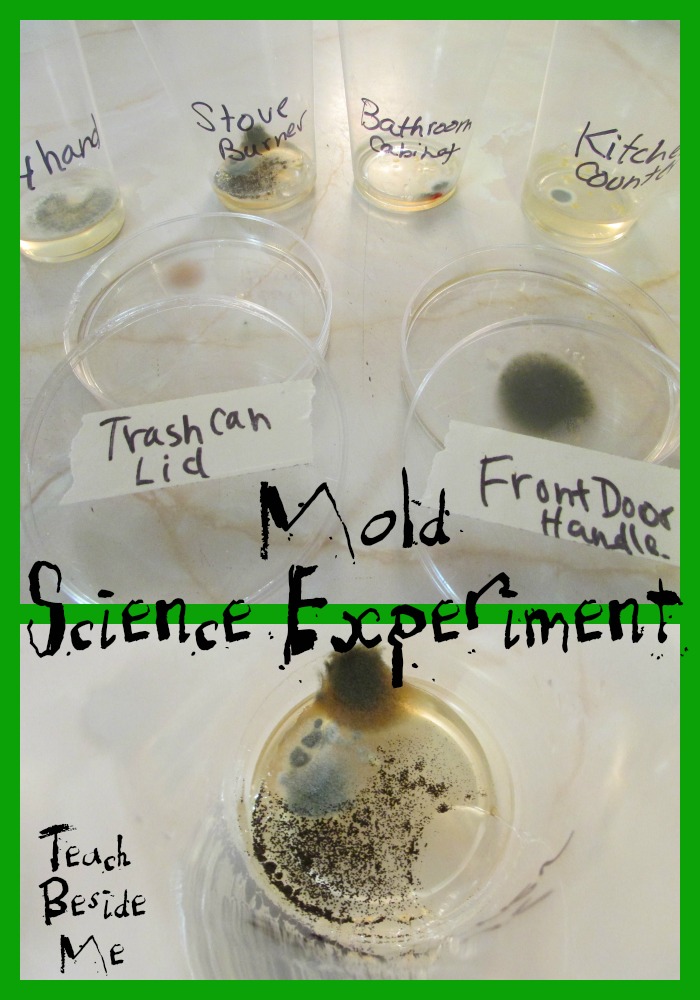
How to Do the Mold Science Experiment
To do this gross science experiment you need unflavored gelatin, q-tips, and some sanitized containers (jars, plastic cups, petri dishes…).
Make the gelatin first. Boil 2 cups of water and prepare the gelatin according to the package directions. Stir the gelatin until it dissolves. Then pour it into your containers.
Make sure these containers are clean and not contaminated already. You don’t need much in each container. We used six different ones and just divided it evenly. We only had a couple of petri dishes, so we used a combo of the dishes and plastic cups.
Be sure your containers are sealed so no dust, debris or other organic material can get in ahead of the experiment.
Now you need to let the gelatin set, cooled and solidify. You will notice condensation and moisture as it cools. I waited a day before getting back to it, but it can be ready to use in just a few hours.
The next day, after the gelatin was set, we got a few q-tips wet and rubbed them on different surfaces throughout the house. We swabbed the trash can lid, the stove burner, the bathroom cabinet handle, one of my kid’s hands, the kitchen counter. Try your cell phones, door handles, TV remotes, etc. Anywhere will work, just try a variety of places to see different results.

After swabbing these different areas, label each cup and gently rub the q-tip all over the gelatin in the cup. You don’t want to break the surface of the gelatin, so do this carefully.
Cover them securely and set in a dark place for a time to allow the mold spores to grow. After a few days (even after just one day) mold will start to grow on the surfaces. We kept them growing for about a week to really see a large amount of mold growth.
We guessed ahead of time which areas we thought would be the dirtiest and grow the most mold. This is a great time to teach about a hypothesis. Try out our Scientific Method printable set for this!
I was dead wrong on our guess. I thought for sure that the trash can lid would be the worst, but from the results it seems my stove needs a good scrubbing!! Maybe there were food remnants on my stove that made it grow more? I’m not sure, but I gave it a good cleaning after finishing this experiment.

Have you ever tried the mold science experiment with your kids or students before? Try it out in your house or school and see what results you get. You may be unpleasantly surprised.

If you want an awesome book to pair with this activity, check out the book Fungus Is Among Us! by Joy Keller and Illustrated by Erica Salcedo. This book, published by Innovation Press (they make some of our favorite books!) is so much fun! It teaches kids about different types of Fungus growing and where you can find them.. You also can learn about a Mycologist (a scientist who studies fungi) in the back of the book.
More about mold science just for extra knowledge in your teaching:
Many wonder if mold is a bacteria or a fungus. Mold is part of the fungi kingdom. It can grow on any organic materials. Mold reproduces with tiny spores that cannot be seen. They float through the air and land on wet surfaces. Mold can grow in places that have water damage or flooding, on foods, in an air conditioner, in wet carpeting, etc.
Frequent exposure to mold can cause a lot of harm to people, so it is important when doing a mold experiment that you do not inhale the mold spores. It can cause severe allergic reactions. Keep your face covered, or the mold covered at all times for safety.
 Want some other fun science experiments? Check out my post on Simple Science Experiments!
Want some other fun science experiments? Check out my post on Simple Science Experiments!
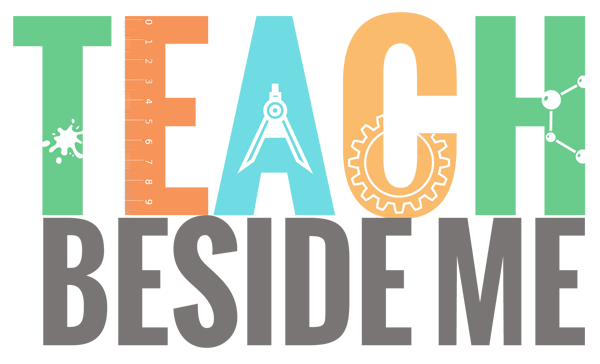
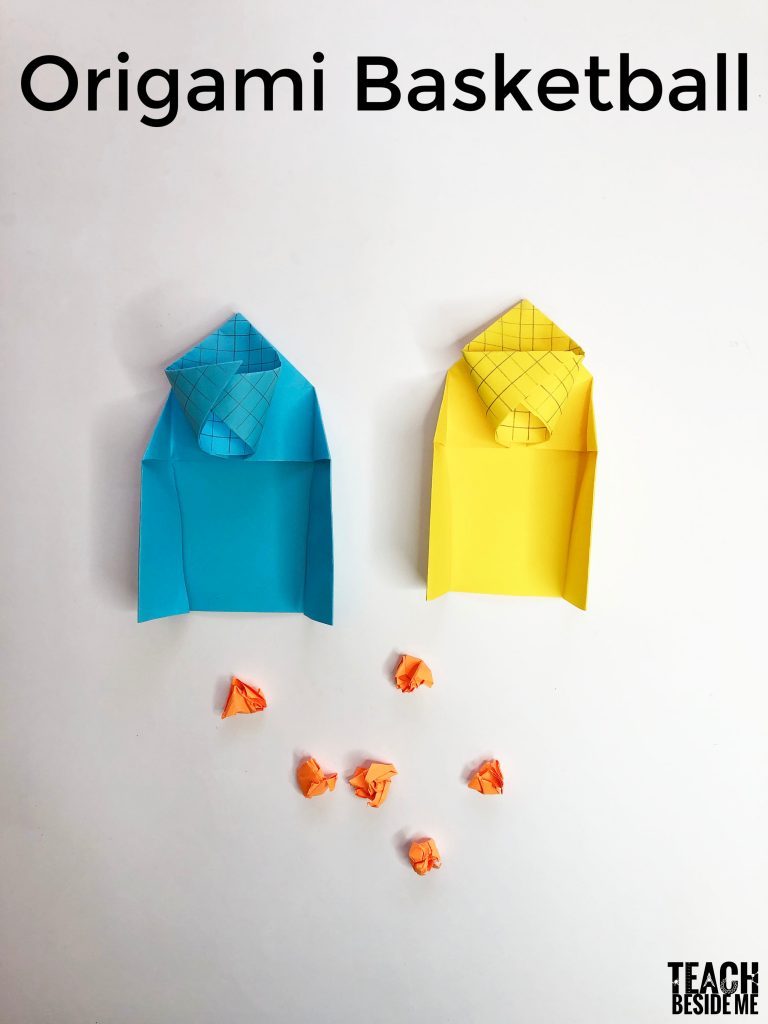

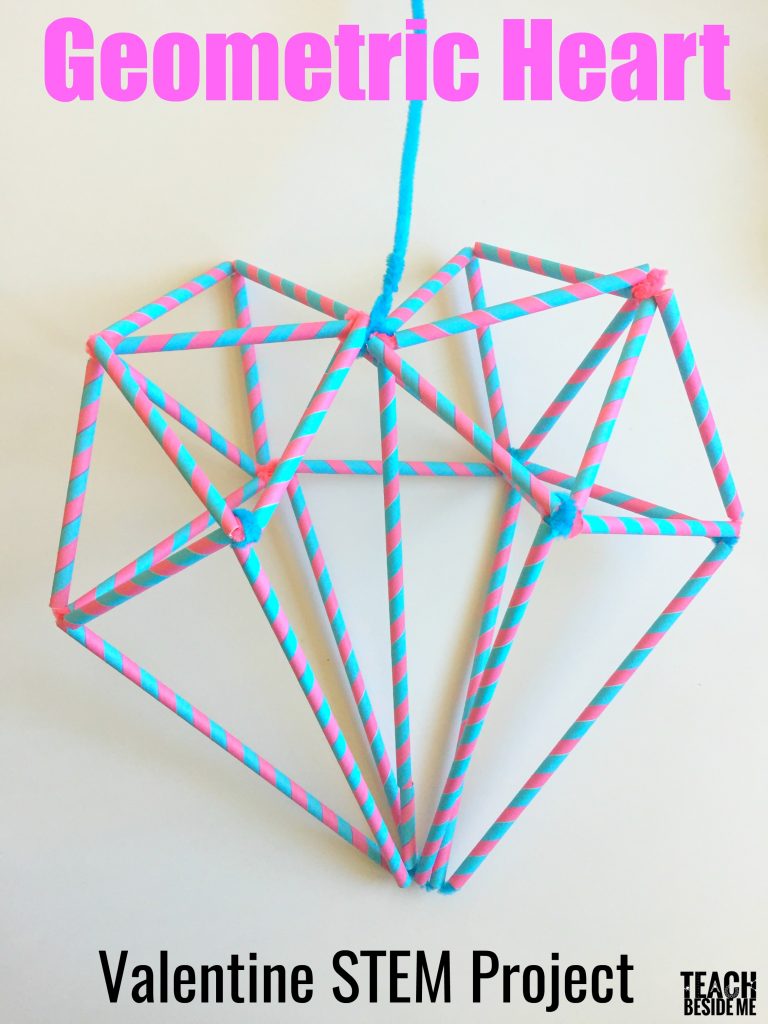
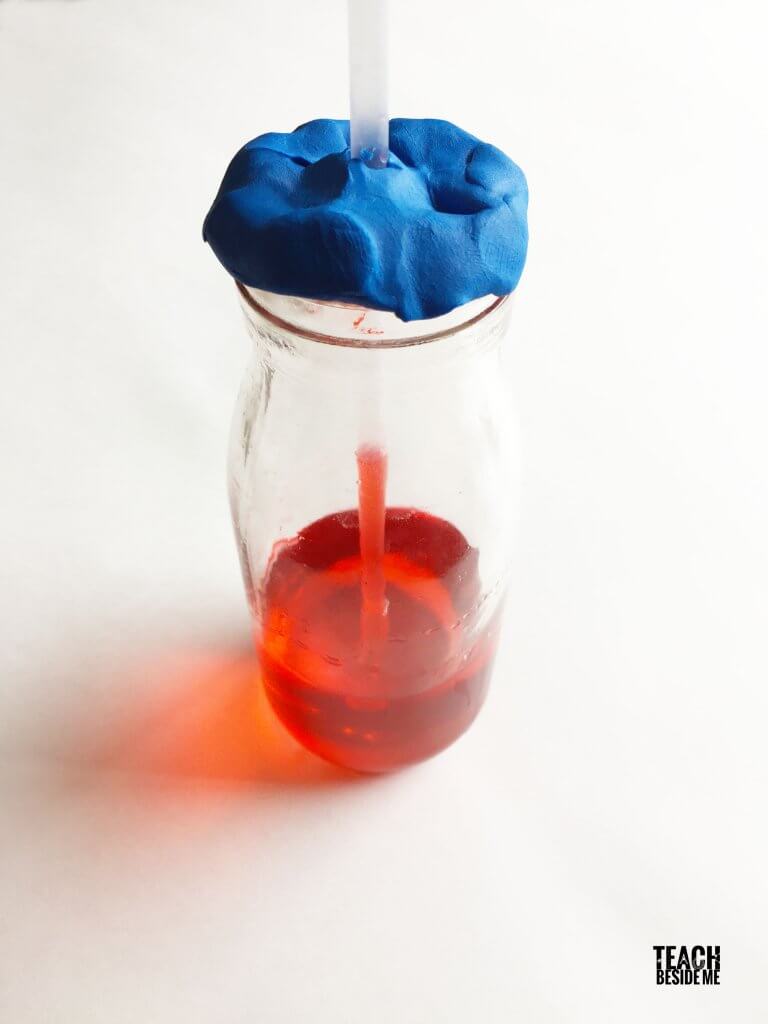
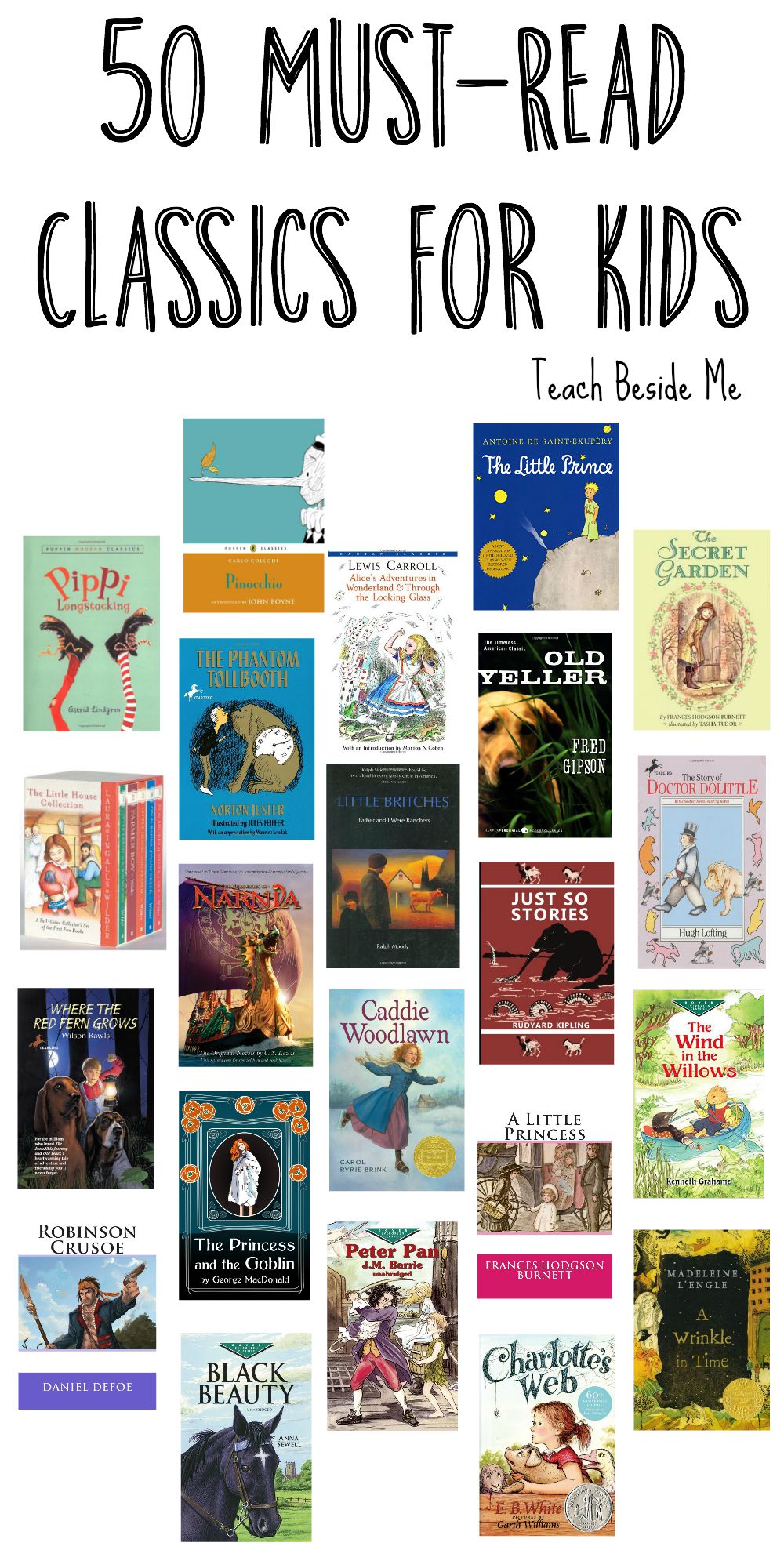

I loooooove this! I am totally going to this. It’s so gross and awesome! What a great idea. Thanks you sharing!
I don’t even want to think about all of the germs on our counters.
This is as cool as it is gross! What a great way to keep kids interested while learning.
Thank you for stopping by the Thoughtful Spot Weekly Blog Hop this week. We hope to see you drop by our neck of the woods next week!
Bleh! I bet my kids would love that. 🙂
Good luck with your birth!!!
Okay, I wouldn’t be able to do this experiment. I am totally 100% freaked out by mold. I get rid of food that I suspect has been in the fridge more than 5 days and I try not to look at it. It gives me the Heebie Jeebies.
Just looking at the pictures makes me shreek.
eek.
Thanks for linking up this nasty post to the #homeschoollinkup! It’s a totally fun experiment – but gross to look at mold.
🙂
Ha ha, Lisa! You are so funny. It is pretty gross, but at least it was contained 😉
That is both gross and cool at the same time. Funny how the places we think of as dirty were the cleanest. Probably because we tend to clean them more often. Thanks for sharing via Family Fun Friday.
My 10 yr old daughter did this experiment for her science project. It was amazing. I had bought a kit that did the samething and it did not work as well and was so much more expensive. She got an A+ for this. Thank you so much for the directions and and all the information.
Hello! I was wondering if you had any photos of her results? I’m a 1st grade teacher and am thinking about doing this in my classroom!
Jordan.barlow65@gmail.com
I am trying this experiment this week and nothing is growing. What could I have done wrong ????
Maybe you are a better cleaner than me! 😉 it actually took a while & it worked best in a dark location.
We did this with our Creative Tots Mason Preschoolers and they absolutely loved it! Thank you for sharing this with us!